One of the biggest clubs in semiprofessional football

11 promotions to the Primera División. 71 seasons in professional football. A stadium with a capacity of 31,000. More than 10,000 club members. 104 years of history. Without a doubt, Real Murcia is the biggest club in the Region of Murcia and a classic of Spanish football that deserves to compete in the first or second division. However, this club left professional football ten years ago. Welcome to…Real Murcia.
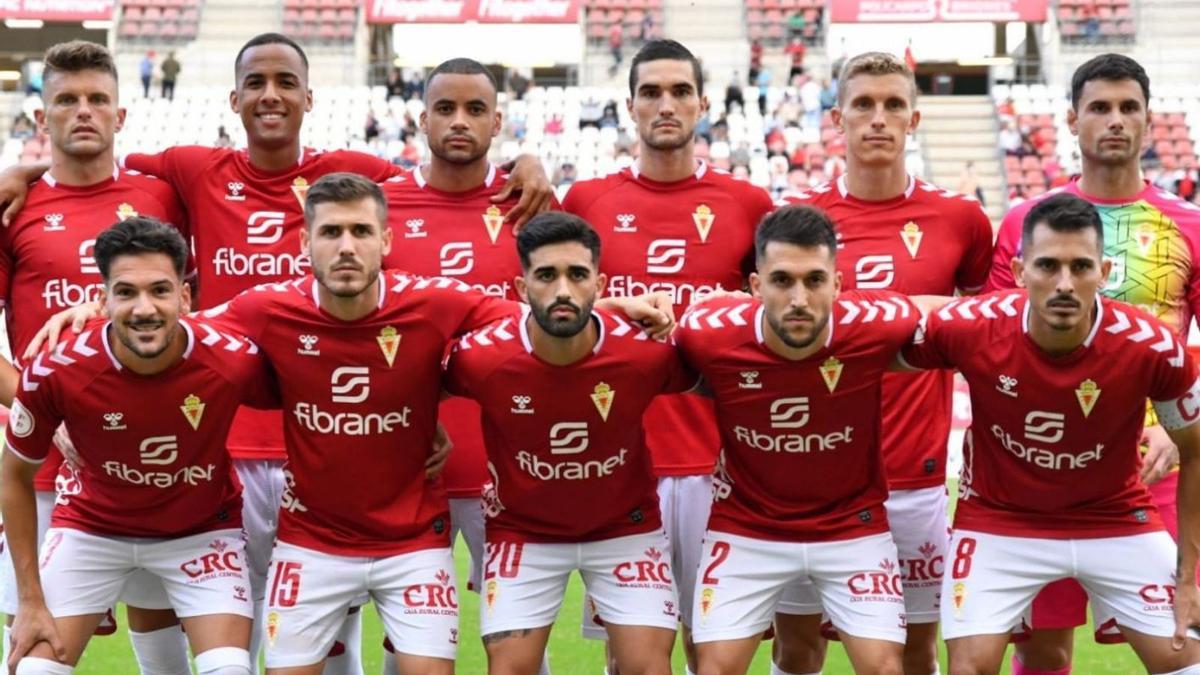
Murcia
A city of 460,000 inhabitants, Murcia is the seventh biggest Spanish city. It’s the cultural, economic, historical, and political reference of the Region of Murcia, a city full of architecture from different cultures and eras, as well as an important agricultural provider, being the capital of Huerta de Murcia, ‘the orchard of Murcia’. Most of its export consists of fruits, vegetables, and flowers.
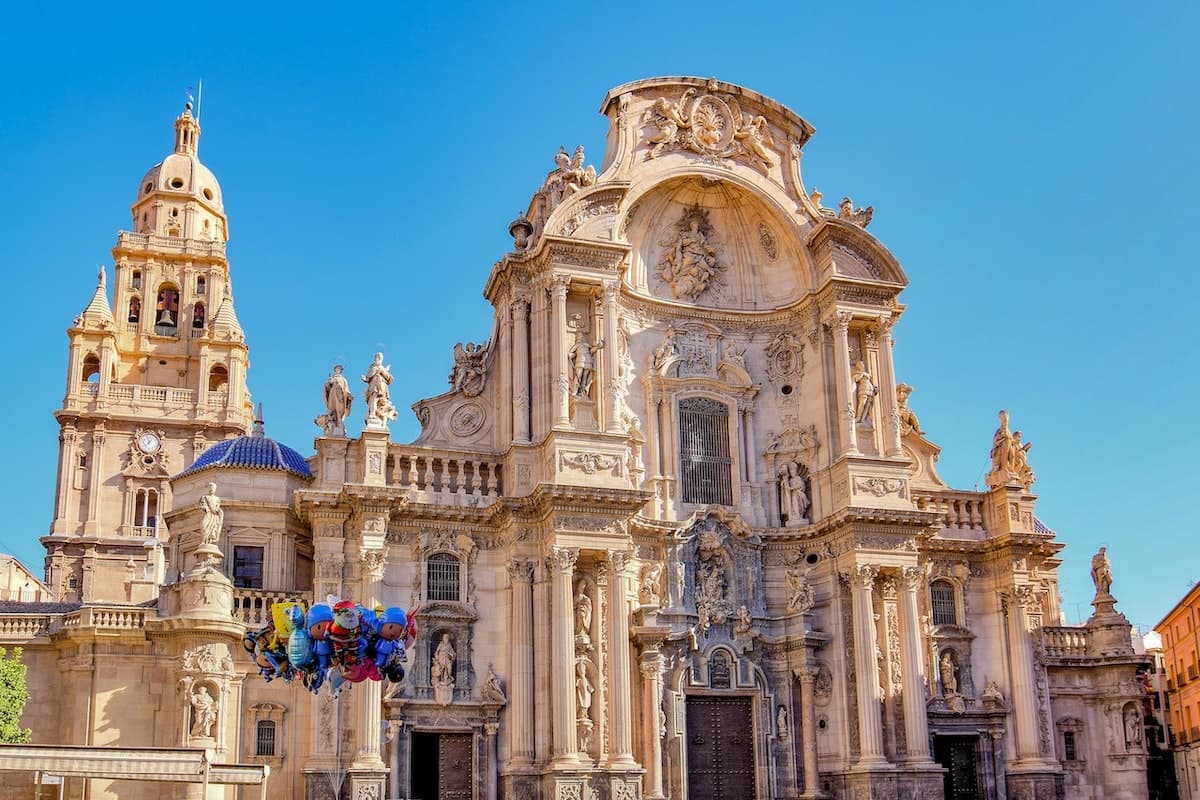
Murcia is also an important city in the aspect of sports. For example, its principal team, UCAM CB, competes in the national top tier and has played in this division since 2011. Another popular sport in Spain, futsal, has Murcian representation as well: ElPozo Murcia FS, which is historically the third-biggest futsal team in Spain.

The birth of murcian football
Already in the first years of the 20th century did the first Murcian football clubs pop up, the first one to really represent Murcia being Murcia FC. This club disappeared in 1919, after which a new squad was founded to return the city to the best footballing cities in Spain: Levante FC, a club that we now know as Real Murcia Club de Fútbol.
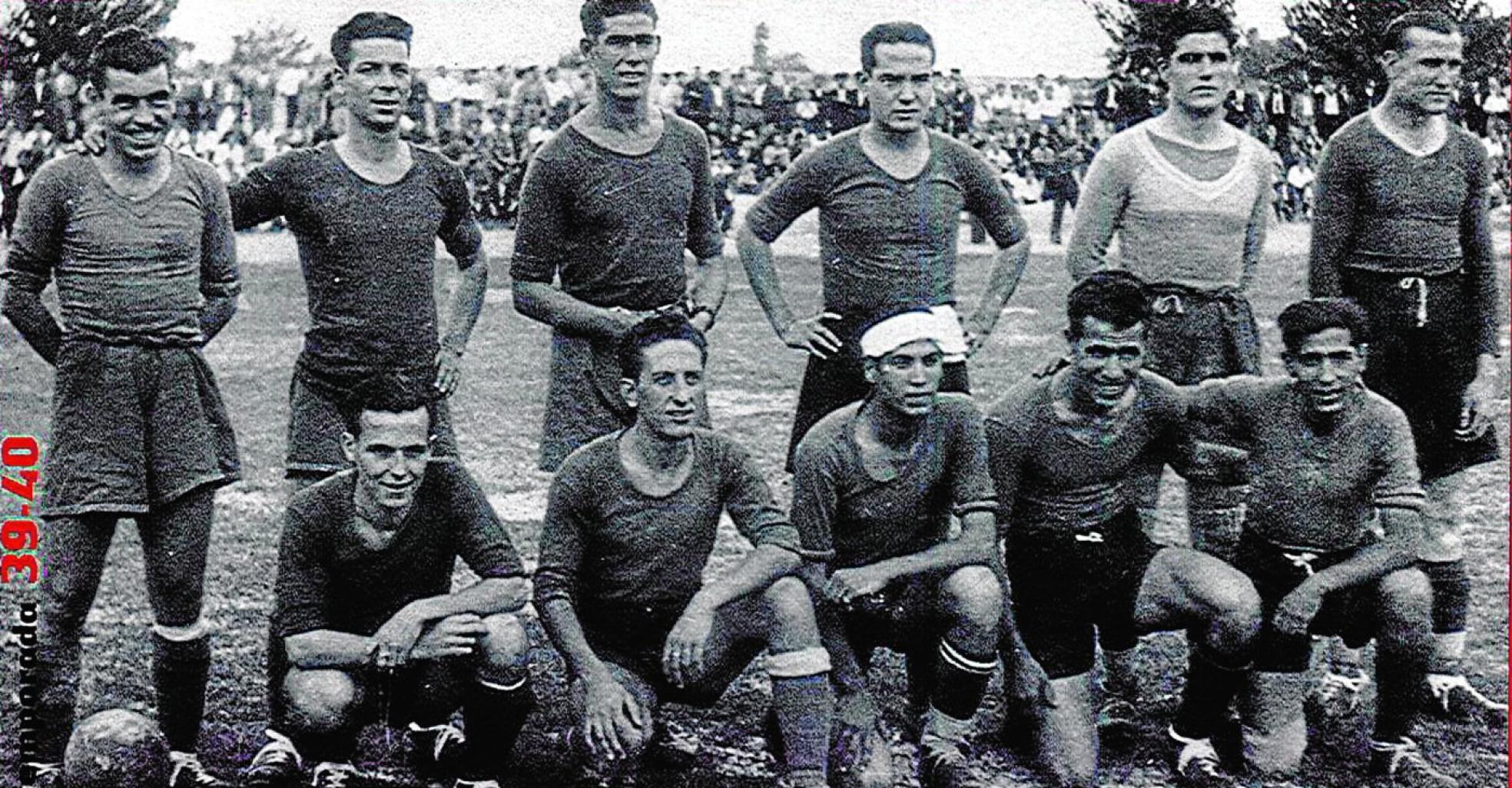
Real Murcia would participate in the first season of the competition that we now know as the Tercera Federación, which used to be the third tier. Many impetuous years followed, ending with a historic promotion to the Primera División in 1940, becoming the first – and only – Murcian team to reach to the elite of Spanish football. The pimentoneros were relegated one year later but regained a spot in the Primera some years later.

Going up and down
Real Murcia would continue with this dynamic for decades: achieving promotion to the Primera División and falling down to the Segunda División some years later. The club’s best period was the 1980s, in which the granas played six seasons in the top tier. This golden era, however, was followed by relegation to the fourth tier in 1995, the only year ever when Real Murcia only competed against teams from the same region.

It would only take the red club four years to return to professional football and three more to reach the Primera División, even though this did not mean that the club’s future was safe. The club played some more seasons at the highest level and was close to returning again in 2014, but was shocked to hear that LaLiga expelled Real Murcia from professional football. According to the organizing body, the Murcian entity had not complied with the finance-related regulations, concretely by not paying its debts on time. The club did not agree and tried through many ways to keep its place, being supported by many organizations and individuals. At the end of the day, Real Murcia lost its place. The murcianos left the division as the team with the most accumulated second-tier points in history, as well as the team with the most promotions to the Primera División. Spain lost a classic.

Real Murcia in need
During the first seasons in the Segunda B, Real Murcia consistently qualified for the playoffs for promotion but did not achieve a quick return. Something else returned: high debts. The club underwent years of mismanagement and had a deficit of 50 million euros in 2019. But then, a miracle happened. Fans organized campaigns and other ways to collect money, among which #SOSRealMurcia, and collected much-needed capital. Finally, the club was saved and could start to look forward again. Real Murcia has already set some steps in the right direction, most notably by achieving promotion to the Primera Federación.

Rivalries
Real Murcia has some fascinating rivalries, some very different from each other. First of all, there are rivals in the same city. The first of all is Ciudad de Murcia, a team that played in the Segunda División during the 2000s. However, this club has been dissolved and refounded, currently competing in the fifth tier, which took away all rivalry. The second team is UCAM, reaching the Segunda in 2016, thus becoming the strongest Murcian team. This feat upset many murcianistas and created a city rivalry that’s still alive.
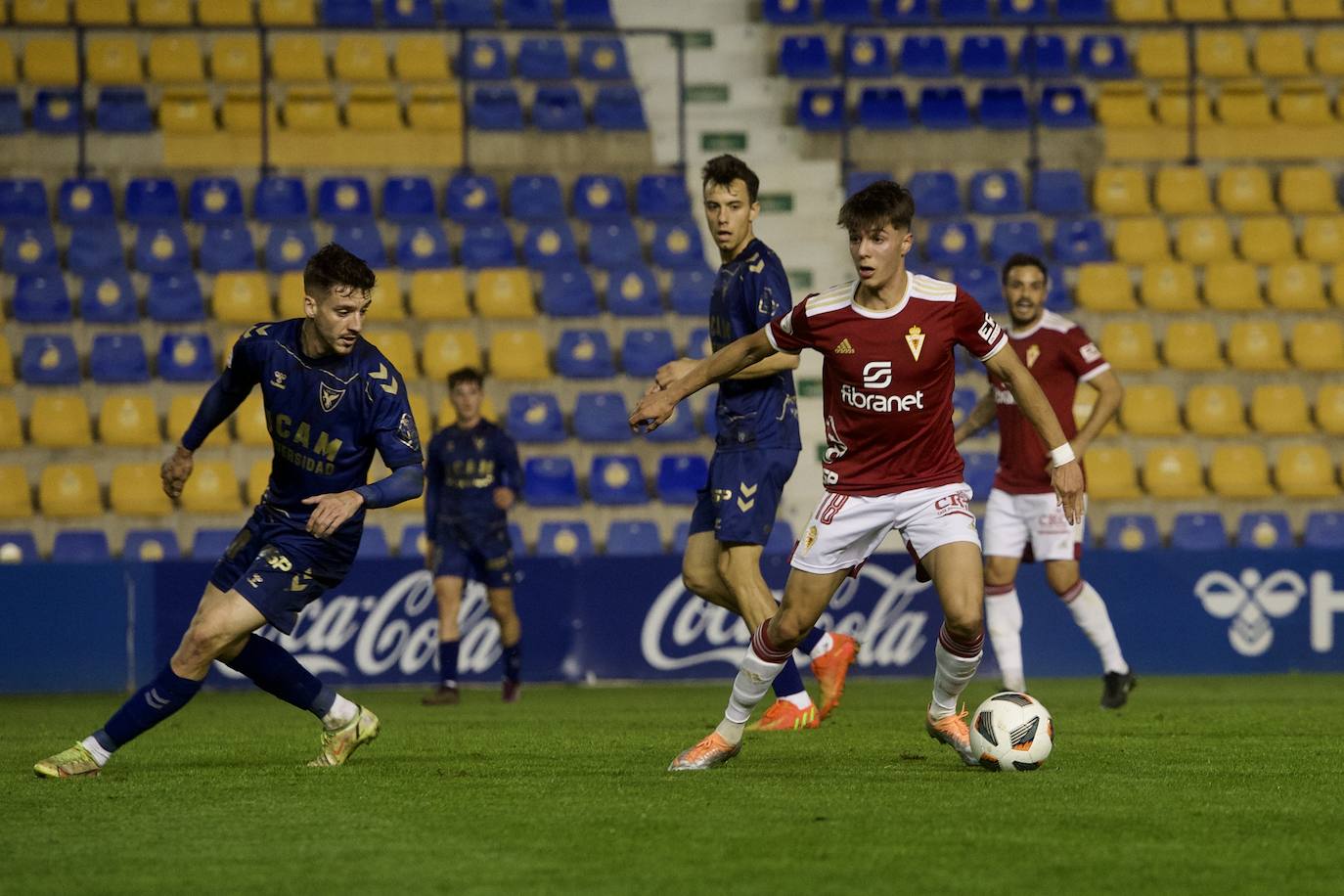
Secondly, there are teams outside of the region that have a rivalry with Real Murcia. These are teams that represent big cities close to Murcia, such as Hércules from Alicante and Elche from the homonymous city. These tensions in the southeast of Spain tend to stay fresher when the clubs coincide in the league. Hércules has played many years in the same tier as Real Murcia in the 2020s, but Elche has only been present in professional football.
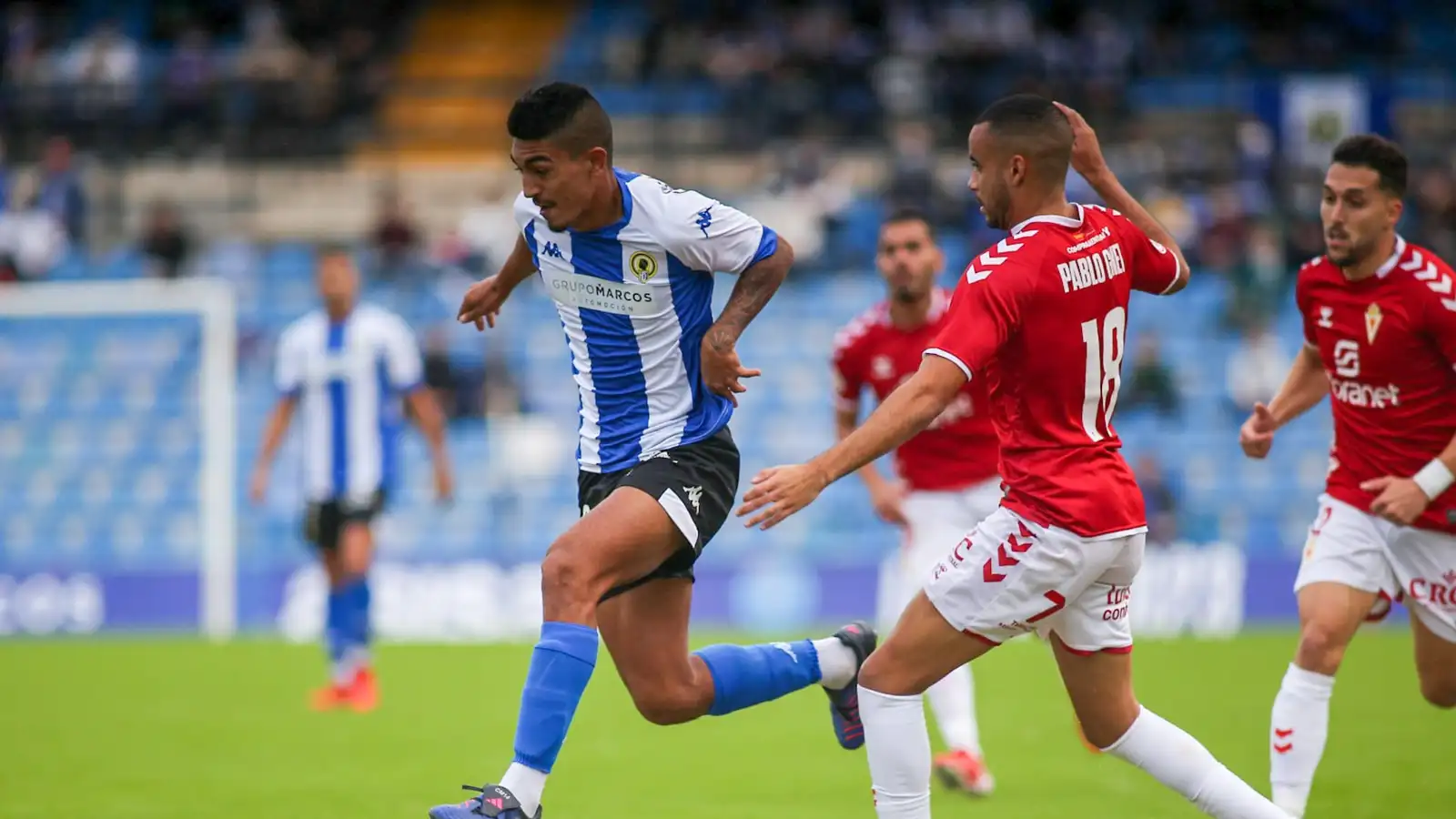
However, the hottest derby of Murcia has to be Real Murcia – Cartagena, the derbi murciano. This match does not only mean the confrontation of the two biggest clubs of the Region of Murcia but also of the two biggest Murcian cities. However, there is a considerable difference between the clubs, which can be illustrated by the number of season ticket holders. In 2023-24, Cartagena has around 9,000 members, which is a club record. Real Murcia, playing one tier below its rival, has a couple of thousands more, while its record is more than 25,000 season ticket holders.
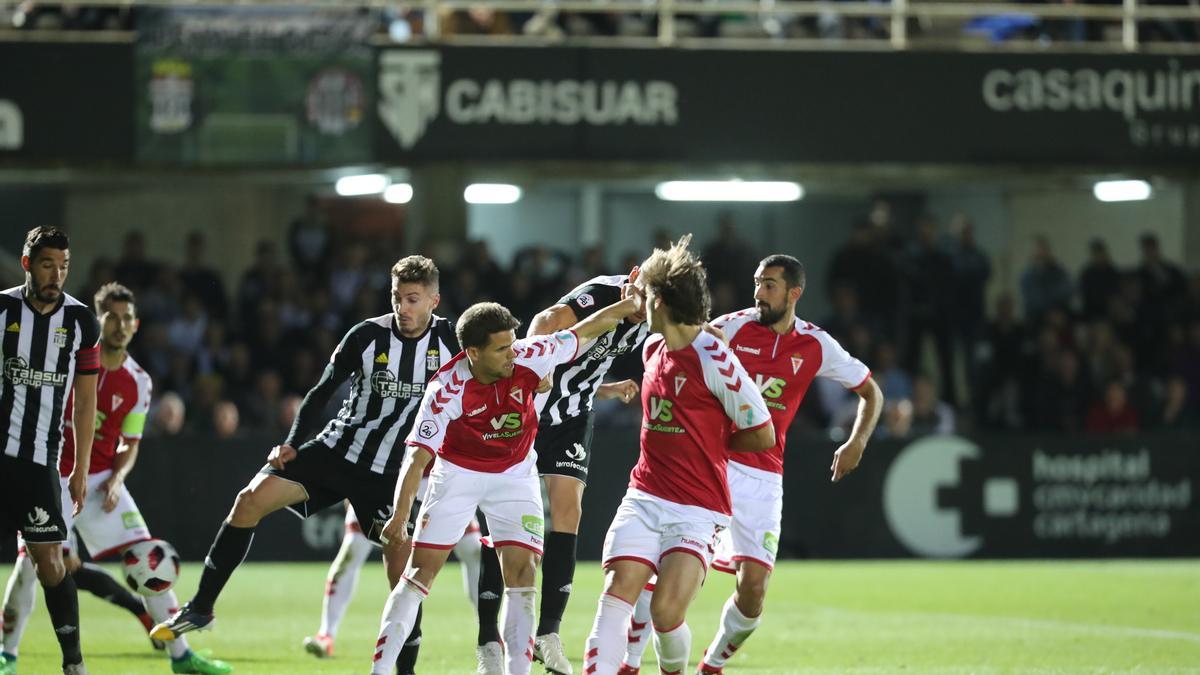
The future
2023-24 will be Real Murcia’s tenth consecutive season outside of professional football. When looking at history, fanbase, and the stadium, Real Murcia truly deserves to return to the Segunda División, something for which the murcianistas pray daily. This might just be the season, as the granas are seemingly one of the favorites in a group with Málaga, Córdoba, Recreativo, and Castellón. Who knows if Real Murcia will be back home this year. This was…Real Murcia.
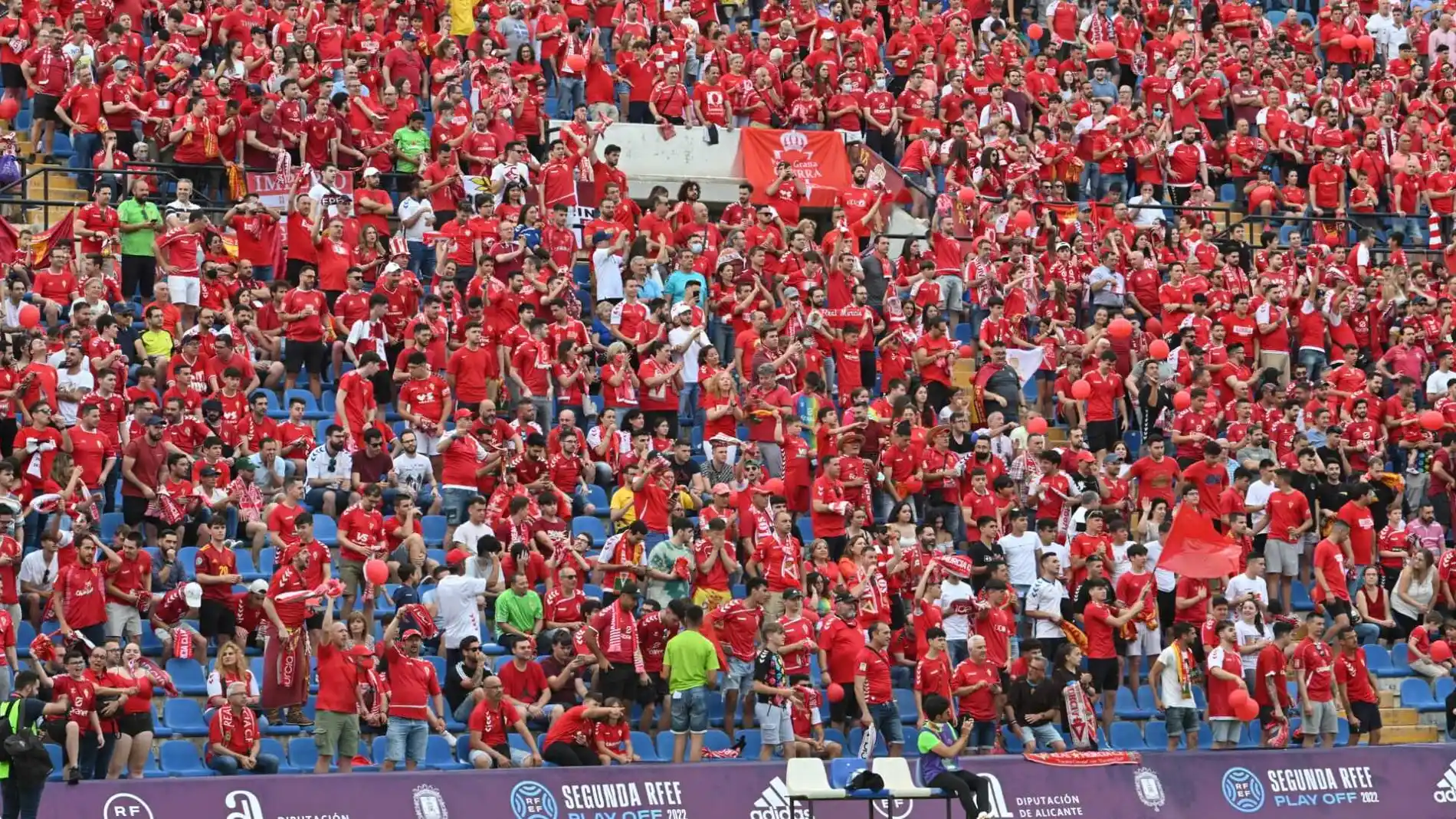
Sources
- Borchers, L. (2021). GOLAZO. Self-published.
- Borchers, L. (2022). CARA O CRUZ. Self-published.
- http://lafutbolteca.com/real-murcia-club-de-futbol-s-a-d/
- https://www.realmurcia.es/historia
Leave a comment